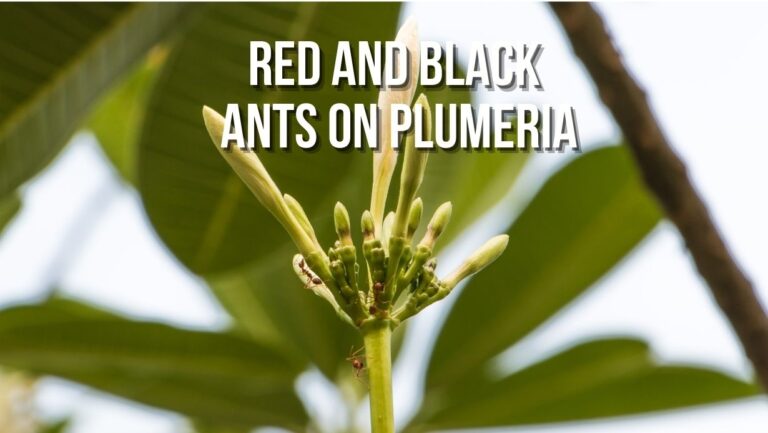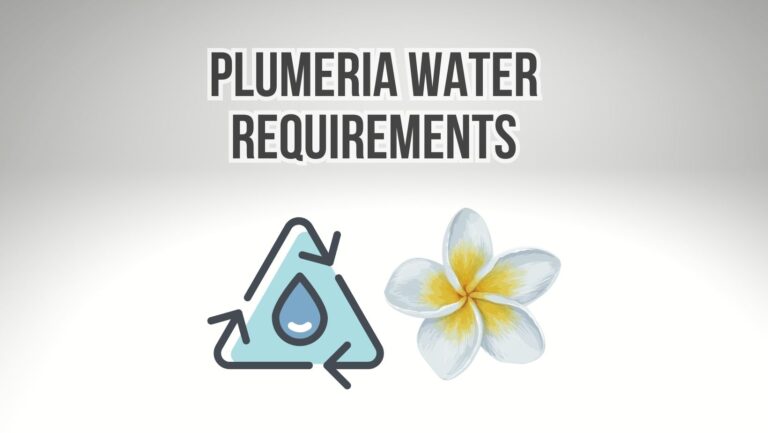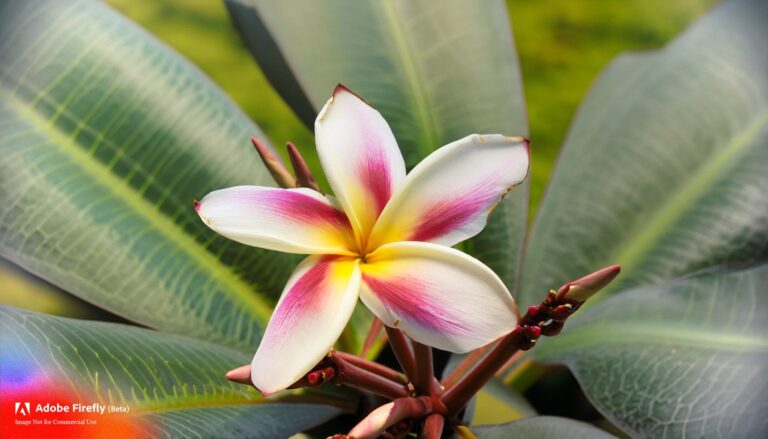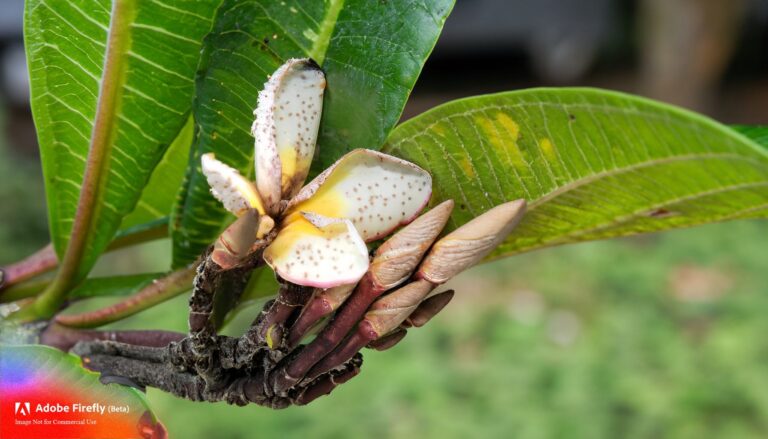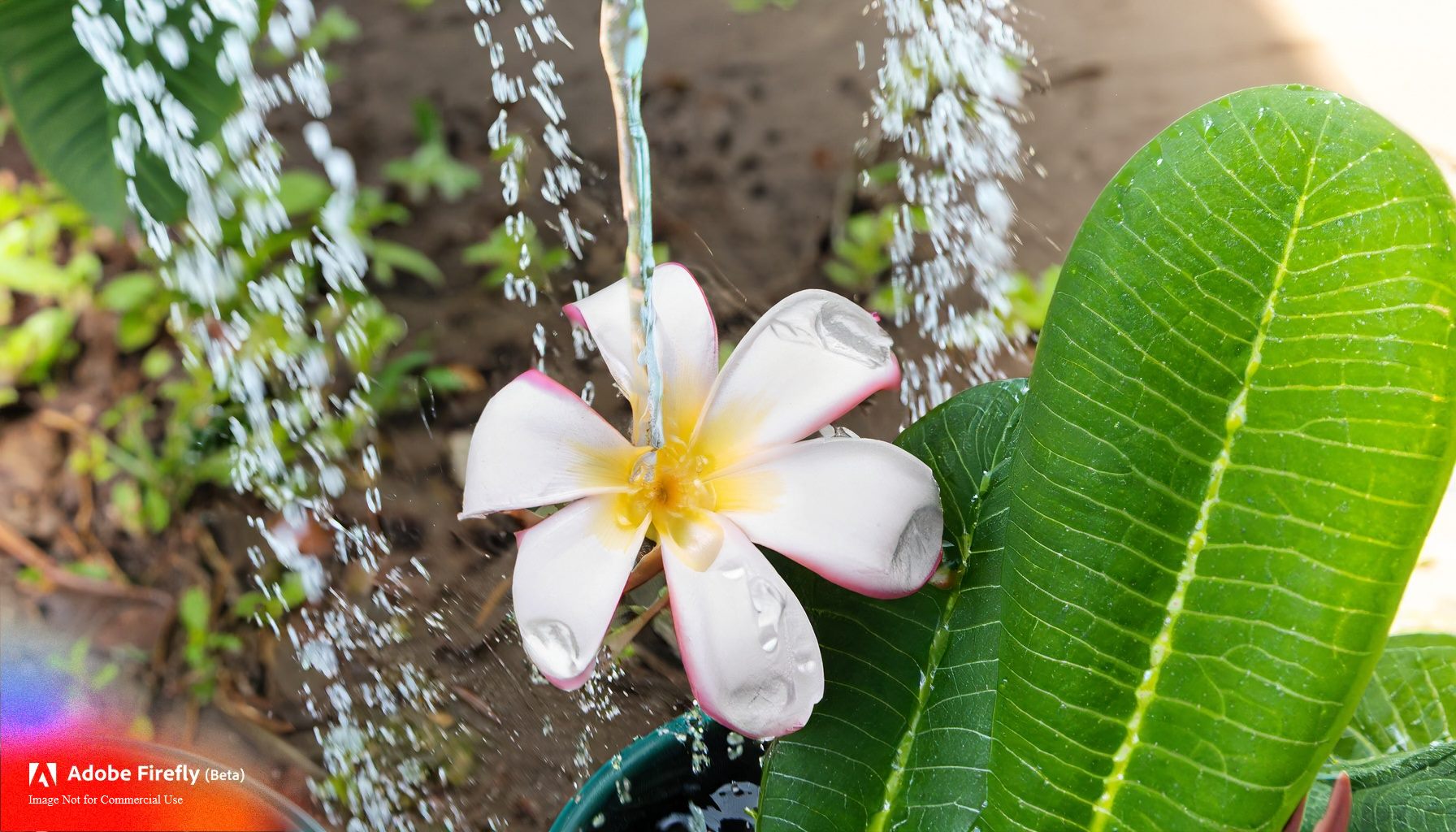
Mastering the Art of Watering Plumeria During the Summer Months
Plumerias, with their captivating blooms and tropical allure, are a favorite among gardeners and enthusiasts. As the summer months bring warmer temperatures and increased sunlight, it’s crucial to adjust your watering routine to ensure your plumerias thrive. This article will guide you through the optimal watering schedule for plumerias during the summer, helping you strike the perfect balance between hydration and health.
Understanding Plumeria Watering Needs
Before diving into the watering schedule, it’s important to grasp the specific watering needs of plumerias. These tropical beauties are relatively drought-tolerant, and their root systems prefer well-draining soil to avoid waterlogged conditions. Overwatering can lead to root rot and other issues, while underwatering can cause stress and leaf curling.
Factors Affecting Watering Frequency:
- Soil Type: Plumerias thrive in well-draining soil. Sandy or loamy soil allows excess water to drain away, preventing waterlogged roots.
- Pot vs. Ground: Container-planted plumerias may require more frequent watering compared to those planted directly in the ground due to limited soil volume.
- Temperature and Humidity: Warmer temperatures and lower humidity levels increase the rate of evaporation and transpiration, affecting the plant’s water requirements.
- Plant Size and Stage: Young plumerias and those in active growth stages might need more water compared to mature, dormant plants.
Optimal Watering Schedule for Summer:
During the summer months, follow these guidelines to water your plumerias effectively:
- Frequency: Water your plumerias when the top inch (2.5 cm) of the soil feels dry to the touch. Stick your finger into the soil to gauge its moisture level. It’s better to underwater slightly than to overwater.
- Morning Watering: Water your plumerias early in the morning to allow the leaves to dry out during the day. This reduces the risk of fungal infections that can occur in moist conditions.
- Deep Watering: When you water, ensure that the water reaches the root zone. Water deeply and thoroughly to encourage healthy root growth. Shallow watering can lead to shallow root development.
- Drainage: Use pots or containers with drainage holes to prevent water from accumulating at the bottom. If planting in the ground, make sure the soil is well-draining to avoid waterlogging.
- Mulching: Apply a layer of organic mulch around the base of the plumeria. Mulch helps retain moisture, regulate soil temperature, and reduce weed growth.
- Container Considerations: Container-planted plumerias may require more frequent watering as they can dry out faster. Monitor the moisture level closely, and adjust watering accordingly.
- Rainfall: Consider natural rainfall when determining your watering schedule. If there’s significant rainfall, you may need to adjust your watering frequency.
Signs of Overwatering and Underwatering:
- Overwatering: Yellowing leaves, leaf drop, and a soft, mushy texture near the base of the plant are signs of overwatering.
- Underwatering: Curling or drooping leaves, as well as dry, brittle leaves, indicate underwatering.
Summertime Watering Tips:
- Avoid Standing Water: Ensure that excess water drains away promptly to prevent waterlogged conditions.
- Monitor Weather Conditions: Adjust your watering routine based on temperature, humidity, and rainfall.
- Observe Your Plumeria: Pay attention to your plant’s appearance and response to watering. Adjust as needed to meet its specific needs.
Conclusion
Proper watering is a fundamental aspect of caring for plumerias, especially during the summer months. By understanding your plant’s water requirements, considering factors such as soil, temperature, and growth stage, and monitoring its response to watering, you can maintain vibrant, healthy plumerias that showcase their stunning blooms throughout the summer season. With a little attention and care, your plumerias will flourish and bring tropical elegance to your outdoor space.

